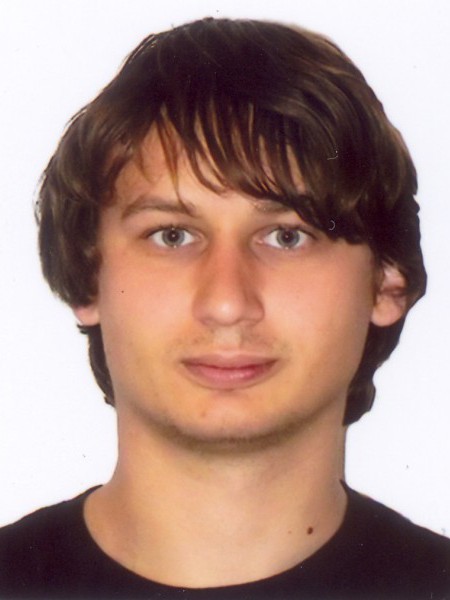abstract
The direct use of high-ordered porous templates of anodic aluminium oxide for formation of nanostructures via electrochemical deposition is difficult because the presence of the of barrier alumina layer in the bottom of pores. In this paper, zinc electrodeposition from a solution of ZnCl2 in a choline chloride/ethylene glycol eutectic mixture on dense alumina layers of different thicknesses was studied. In a potentiostatic regime, the deposition on a barrier layer was found to be hardly possible even when the layer is a native alumina film (about 2 nm thick). Choline and ethylene glycol form an adsorbed stable layer at the alumina/electrolyte interface and thereby block the access of zinc chloride anions to the electrode. It has been shown that zinc can be directly deposited on a barrier layer by means of application of a combined potential mode in which an AC component of 50 mV superimposed on the DC potential of -1.6 V. Increasing the temperature of the eutectic solution allows zinc electrodeposition in a potentiostatic regime already at 50 degrees C. By application of any of these conditions, zinc can be deposited on a barrier alumina layer up to about 60 nm thick. The range of frequencies of the AC component and the temperature range where the deposition is optimal were considered. The mechanism of unblocking of the electrode by the alternating potential and by the temperature rise has been suggested. (C) 2015 Elsevier Ltd. All rights reserved.
keywords
POROUS ANODIC ALUMINA; CHOLINE CHLORIDE; IONIC LIQUIDS; NANOWIRE ARRAYS; ETHYLENE-GLYCOL; WAVE-GUIDE; ELECTRODEPOSITION; OXIDE; FABRICATION; FILMS
subject category
Electrochemistry
authors
Starykevich, M; Salak, AN; Ivanou, DK; Lisenkov, AD; Zheludkevich, ML; Ferreira, MGS
our authors
Projects
1-D nanostructures obtained by electrodeposition from ionic liquids (PTDC/CTM-NAN/113570/2009)
acknowledgements
The financial support of the European Commission and Portuguese Foundation for Science and Technology (FCT) in frame of the projects PIRSES-GA-2011-295273-NANEL and PTDC/CTM-NAN/113570/2009, respectively, is gratefully acknowledged.






